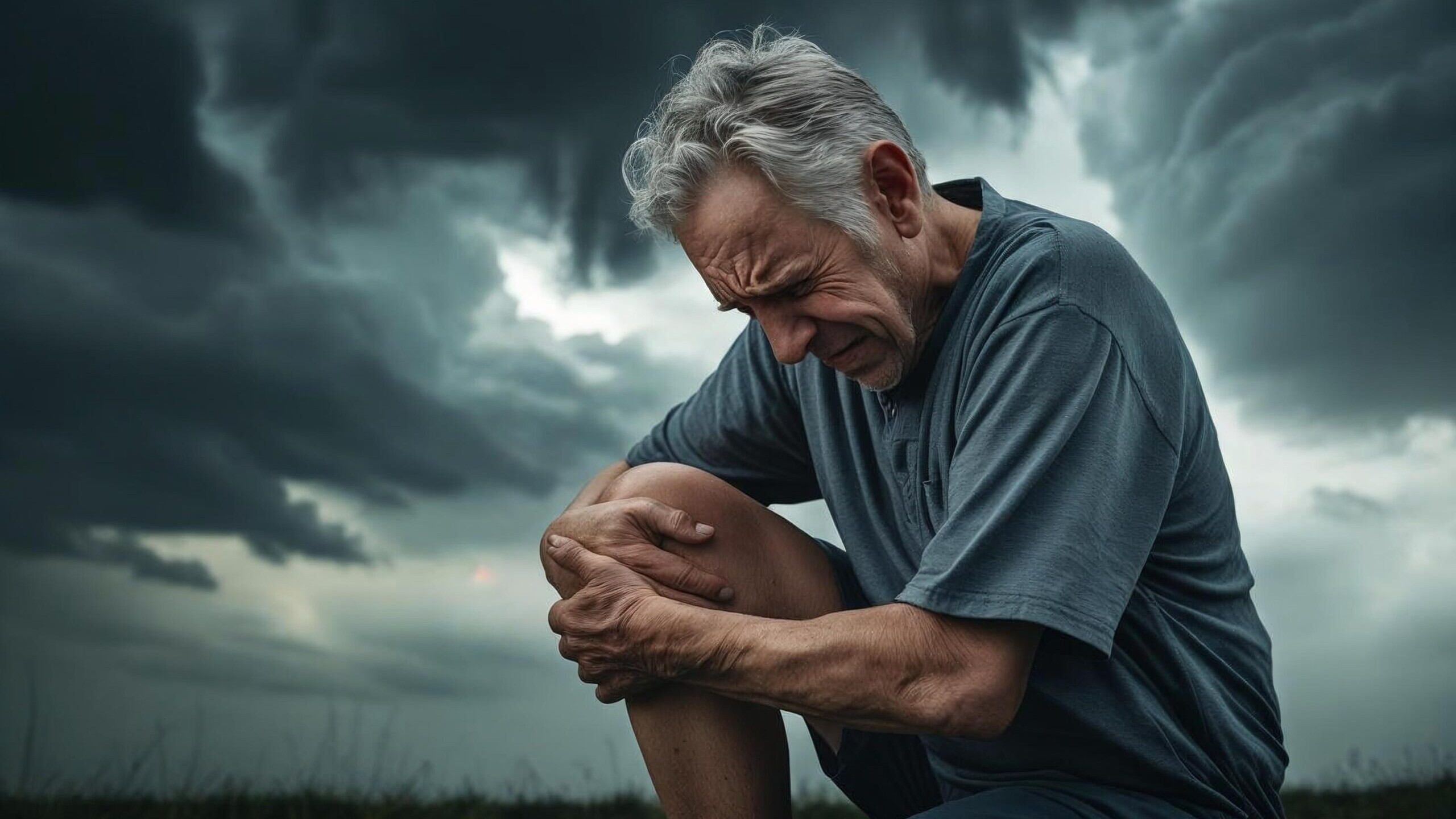
The New year hits! For all runners motivation is booming, goals are high and mileage is ready to go up… but one thing that has plummeted drastically is the air quality of Australia’s sporting capital courtesy of the tragic bush fires.

Runner’s tend to be a stubborn bunch; thunder storms, freezing conditions or blazing hot summer days and we more often than not have the ‘she’ll be right’ approach and do what it takes to get our training done. However, this time round, our ego’s and strong willed attitude has to be pushed aside. With bushfires raging across rural Australia, Melbourne’s air quality has dropped to ‘hazardous’ levels. We can see it first hand as we step out the door and a misty haze of smoke lingers, leaving it difficult to see the once picturesque backdrops that we usually do when trotting through the streets of our City. This is when we need to ask the question? Is it worth pulling on the runners and hitting the pavements today?
According to the World Air Quality Index (AQI), suburbs around Melbourne have reached a level of 591, putting us in Hazardous rankings worse than any city in India or China. To put this in perspective, The Public Health Guidelines have advised that athletes move their training indoors when the AQI reaches levels of 150-200. This is even lower for asthmatics at a level of 100-150. So when we think about it, at AQI levels above these… the question of should I or shouldn’t I exercise outdoors requires little to no deliberation.

The mileage junkies we are, I know many a runner will respond with a deep sigh, runners in hand, garmin synced and ready to go asking “but why!?”
What is the harm?
Well… the smoke blanketing our city from the current bush fires poses a serious health risk due to the fine particles present in the smoke haze. While participating in high intensity and/or long duration activity we are made even more vulnerable to the effects of the thick, smouldering air as we are inhaling more often and much deeper than we do at rest. As the legs begin to tick over, speed increasing, stride rate going up our respiratory rate and volume goes with it. As a result this increases our total exposure to the pollutants currently hijacking our usual crisp, clean Melbourne air. In athletes, moderate exercise increases the amount of air passed through airways more than 10 times and at vigorous exercise an astonishing 20 times. When pollutant exposure is at low level, the respiratory tract’s defense mechanism is to trap, transport and clear pollutants effectively. However, with elevated exposure short term accumulation can occur resulting in inflammation. This leads to the exacerbation of a number of health conditions, most commonly asthma in athletes.
What about those persistent runners who respond… but what about my fitness? My goal times? My training schedule?! When it comes down to it, it just isn’t worth it! Consecutive days of exposure to polluted air has a cumulative effect, lowering an athlete’s threshold to symptoms. What this means is that every time you head out in the smoky haze, it’s going to get harder and harder, earlier and earlier during your run. Your intensity, quality and most importantly enjoyment continues to deteriorate.
Here at SSPC we love to encourage activity, exercise is integral for our physical and mental health and lets not deny it… running is the best! But as our nation suffers through one of the worst natural disasters its seen in decades, it doesn’t hurt to have a little perspective, put our gritty determination aside and take our usual outdoor trot onto the treadmill when required. Your body, your health and your running will thank you for it!
Tips from SSPC:
- Check the air quality on websites like http://aqicn.org/city/australia/melbourne/melbourne-cbd/ . If it’s above 150 (or 100 in asthmatics) you should consider other options.
- Schedule your exercise for the right time of day when air quality is at its best.
- Get exercising indoors – If the air quality is low, grab access to an indoor, air conditioned training venue such as a gym or even devise a circuit within your own house.
- Take it easy – If you do decide to exercise outdoors, try and keep your Rate of Perceived exertion (REP) around 6/10. 0/10 is no exertion or complete rest like when you lie down and 10/10 is your maximal level of exertion where you are exercising at your maximal capacity. You want to keep yours at a level where you can still hold a conversation with someone.
Written by Anna Kelly / Neeraj Kochhar
SSPC PHYSIOTHERAPISTS
You might like these other resources
Why Do My Joints Ache In Cold Weather?
11 June 2025
The Role of Ice in Managing Acute Sporting Injuries
17 September 2024
Are Your Bones Strong Enough?
28 May 2024





